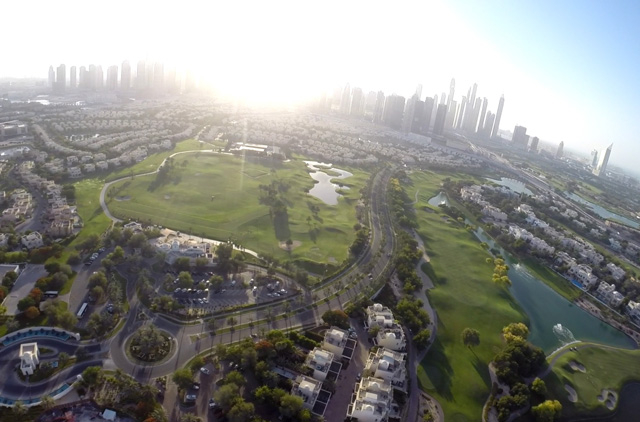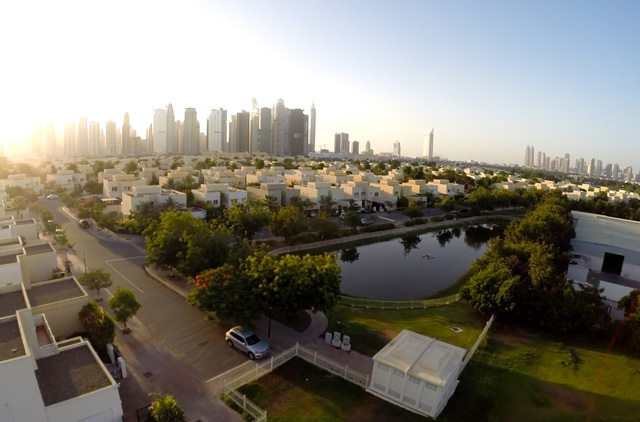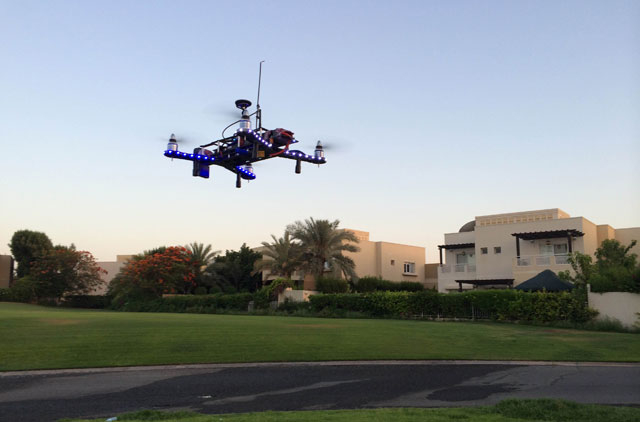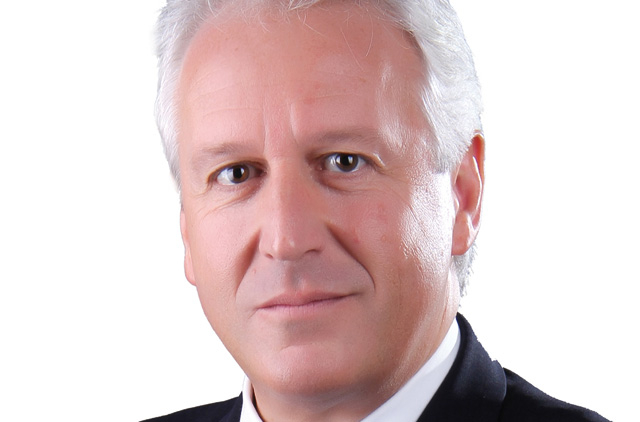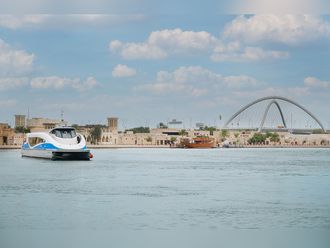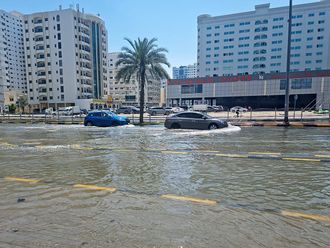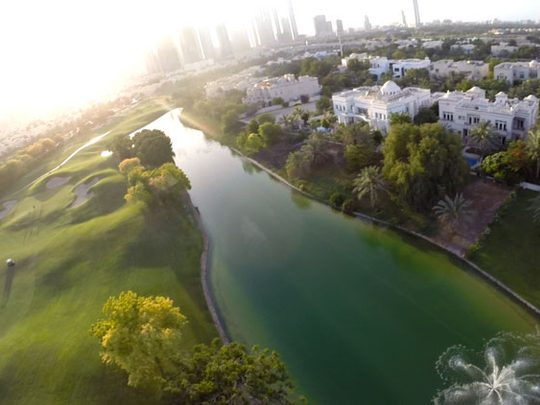
The increasing number of quadcopters in the UAE has divided residents in the country into two halves – those worried about their privacy, and hobbyists who maintain that these drones are harmless.
Speaking to Gulf News in April this year, Lieutenant General Saif Abdullah Al Shafar, Undersecretary of the Ministry of Interior, pointed out that these pilotless rotorcrafts are not prohibited in the country, but its use will be regulated to protect people’s privacy and that the police could intervene and take action if they received complaints from residents.
Mark Fraser, Managing Partner at the international law firm Taylor Wessing states that with the development in photography and video equipment, there is much scope for the uninformed photographer or videographer to flout the law and face serious consequences.
While technology has developed, the relevant UAE legislation has remained constant in its approach. The priority under UAE law remains the protection of an individual’s privacy and family life over and above the freedom to snap happy in public.
“The offences under UAE law make no distinction between cameras that capture photographs and those that take video footage. The relevant sections of the Penal Code and Copyright Law are deliberately worded to extend to any equipment of whatever kind that can capture a person’s image in any manner whatsoever,” says Fraser.
Since the majority of these drones can be fitted with video cameras that are similar to any smartphone or hand-held video camera, the country’s photography regulations apply to these devices as well.
Intent matters
Speaking to GN Focus about public photography regulations in the UAE, Nasif Kayed, Managing Director of the Shaikh Mohammad Centre for Cultural Understanding, says, “Depending on how they can be interpreted, it is better that the laws stay grey. If you are truly innocent and do not mean harm, the laws do not apply to you. But if your intentions are evil and you intend to harm individuals with the pictures you have, then the law applies to you.
“Your rights end when you invade someone else’s rights. For example, if we are in public and you are right in my face, ask my permission. It is not right to invade my space in such a way. If I think you are taking a picture of me from a distance in a way that is very obvious, I have the right to say, ‘Excuse me could you please stop that’, but I don’t have the right to confiscate your camera,” says Kayed.
“What I am saying here is why should we make who you can and cannot photograph into laws and rules? Why must we complicate things? Everybody has their own opinion and own way of accepting or not accepting to be photographed, just ask the person before you do so.”
Fraser says photographers and videographers are entitled to freely shoot or film in public places unless the authorities specifically prohibit doing so at that location.
These signs would typically be in areas such as military zones, airports and government buildings. Article 168 of the Penal Code makes it an offence to shoot or film in such prohibited surroundings punishable by fine, imprisonment or both.
With regards to quadcopters equipped with video recording capabilities and GoPro cameras, Fraser explains, “Technically, the person controlling the video drone shall be committing a crime the moment he captures footage of an individual without their permission under the Penal Code, Copyright Law and potentially the Cyber Crime law. The practical reality is that such a crime is likely to only be punished if the footage is published and the faces of the individuals are identifiable.”
“GoPro cameras are more likely to land an uninformed videographer in trouble. The majority of users will capture footage at ground level and an individual’s face is likely to be captured more clearly. As with video drones, a crime is committed the moment the footage is taken but punishment may be avoided if the footage is edited to blur the identity of person before releasing the footage. If there are unsuspecting people in a photographer’s frame, as mentioned above, the photographer or videographer ought to obtain the permission of those subjects before filming,” adds Fraser.
On the topic of quadcopters, Kayed says, “You can fly these in public, over a public park or a beach, because whatever I’m doing in public should not be an issue as it is a public place. But over a villa? Over a yard? Or a private swimming pool? Of course it is not acceptable.”
Ryan Copeland, a Dubai-based quadcopter enthusiast agrees. “The rights and responsibilities of individuals concerning photography, content publishing and privacy are already enshrined in UAE law. As a remote-control (RC) hobbyist I expect that local laws would apply to me in the same way that they apply to any photographer.”
“The only real difference is the equipment being used and the capabilities of that equipment. There may be some room for interpretation of local laws therefore a simple rule of thumb to follow for any RC hobbyist would be to not shoot anything from the air that you would not shoot from the ground,” says Copeland.
Valid concerns
Copeland admits that there are a few valid concerns coupled with lots of scaremongering since the majority of quadcopters you tend to see around are entry-level drones that have extremely limited range and can barely fly outside.
However, he reassures concerned residents that their privacy concerns surrounding quadcopters is something they should not worry about.
“For a setup capable of recording decent video quality you’re looking at spending Dh5,000 or more. For a setup with more than a hundred metres of flight range, you would need to spend Dh10,000 or more. In most cases even with a very good setup, people will show up as little specks on the ground,” explains Copeland.
“Generally speaking [RC pilots] are not going to be able to see anything that you can’t already with a typical smartphone camera in public area, albeit at higher altitudes and from farther distances and with less detail,” he says.
“To get these supposedly invasive photos you would need to hover directly above a subject at very low altitude which would be incredibly obvious, and if it were to happen residents can report it to police.
“I would be more worried about unskilled pilots causing property damage or injuries due to flight accidents,” adds Copeland.
Copeland explains that certain stores that sell these RC aircraft require the buyer to sign an undertaking. This document states that the owner is responsible for flying the aircraft in a way that does not cause any safety issues or violate any local laws.
He says, “I don’t think they should be selling these things to people under 18 years of age, mostly from the perspective of the pilot being able to be liable for any damages they might cause. Also, altitude restrictions would make sense. If they ever come up with laws or permits to sign, I’d be happy to do so.”
“Ultimately the onus and liability are on the individual to respect individuals’ rights to privacy, cultural sensitivities and local laws regardless of how they’re capturing images. If somebody felt that their privacy was being violated by any form of photography I would encourage them to report the incident to the authorities for further action,” he adds.
Kayed sums up his advice to photography enthusiasts in one sentence: Respect people’s rights as you would like them to respect your own.
“Nobody you talk to you in a nice way will say no. Explain that you are a photographer and ask them for permission. I do not think there is a problem with that. The problem is when you take their pictures without their permission. Mind their rights as you would like them to mind your own rights,” he says.
If you are on the receiving end of a photographer’s lens and you do not like it, Kayed suggests you politely approach the photographer first.
His advice to photographers in that scenario is to apologise, scroll through the pictures in front of them and delete them right away.
“Usually, most people will not pursue this particular issue when it is done in good taste. Just delete the picture and you are good to go. It will only become a confrontational issue when done in bad taste.”
Fraser’s advice is similar to Kayed’s, “As well as the criminal offences under UAE law, it would be good practice for a photographer or videographer to also bear in mind the Dubai Code of Conduct and consider the culture, religion and habits related to his or her surroundings.”


